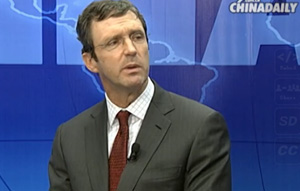China set to loosen airspace restrictions
Updated: 2013-11-26 00:32
By Zhao Lei (China Daily)
|
||||||||
China will simplify flight-approval procedures for general aviation aircraft, substantially loosening its tight control of the country's airspace.
General aviation typically refers to relatively small, privately owned — and often business-related — aircraft, in contrast to commercial airliners or military planes.
Under new regulations, GA flights will no longer need advance applications and approvals from authorities except in nine circumstances. The nine include entering or exiting China's territories, flying through restricted zones and conducting aerial photography or surveys of military facilities.
Flight plans in any of the nine restricted categories will need to be submitted, with an explanation of intentions, to civil aviation or military authorities for approval.
The relaxed regulations, which take effect on Dec 1, were issued by the General Staff Headquarters of the People's Liberation Army and the Civil Aviation Administration of China.
Aircraft operations for maritime surveillance, that perform maritime search and rescue, or that patrol the sea must be approved annually. They are currently required to get permission for each operation.
Flights requiring approval from authorities should apply 13 business days before takeoff and will receive a reply from the government within 10 business days, the regulation says.
Aircraft registered in foreign nations, as well as those flown by foreign nationals, will not be allowed to perform aerial photography, surveying or mapping, nor may they engage in mineral exploration, the regulation says. Moreover, unmanned aircraft are banned from flying over "important areas and venues of major events".
The policy shift marks the nation's latest step in easing its grip on its airspace since late 2010, when it opened up low-altitude airspaces for commercial jets in selected cities.
The relaxation on GA flights aims to streamline management of the sector and boost its development, Meng Ping, head of national defense mobilization at the Civil Aviation Administration of China, told a news conference on Monday.
He said the move fulfills the government's pledge to reform administrative procedures. Among other things, it clarifies the respective roles of civil aviation departments and the military in managing GA flights, and facilitates business operations, he said.
The new regulation shows the government's determination to gradually reform the low-altitude management mechanism, because most GA flights take place in relatively low airspace compared to commercial and many military flights, said Senior Colonel Cui Wenge of the PLA General Staff Headquarters.
Air-traffic-control departments and military units have been requested to improve their coordination to smooth the regulation's implementation, Cui said.
GA businesses related to agriculture, forestry and private flight service will be the first beneficiaries of the regulation as the new rules will cut back complicated paperwork and improve efficiency, according to industry observers.
In the long run, the changes are expected to add momentum to a broad range of industry players including private-jet manufacturers, navigation-device producers, airport operators and flight trainers.
Gao Yuanyang, director of Beihang University's general aviation industry research center, said there will be a huge market for GA companies when the commercial and private flight businesses are fully opened.

 Focus on China-Africa research
Focus on China-Africa research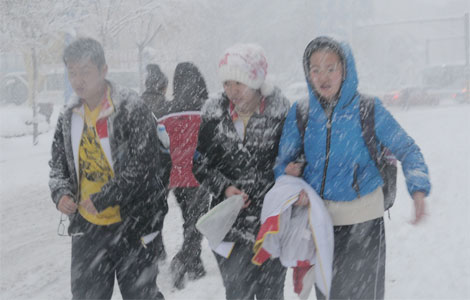
 In photos: NE China blanketed by heavy snow
In photos: NE China blanketed by heavy snow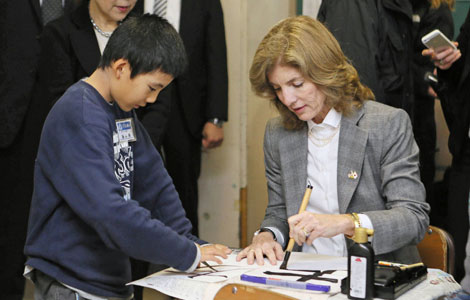
 Caroline Kennedy visits Japan's disaster-struck regions
Caroline Kennedy visits Japan's disaster-struck regions
 Volcano eruption leads evacuation in Indonesia
Volcano eruption leads evacuation in Indonesia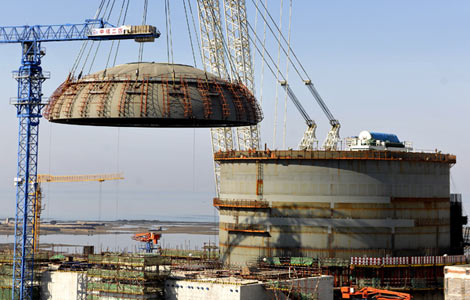
 Nuclear power 'to fall short of demand'
Nuclear power 'to fall short of demand'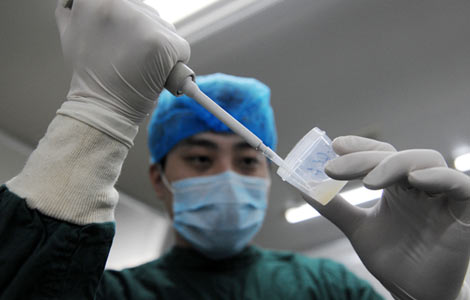
 Experts doubt smog linked to low birthrate
Experts doubt smog linked to low birthrate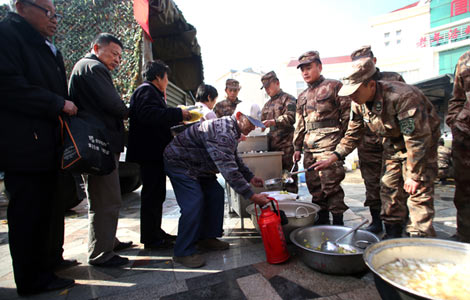
 Residents near pipeline blast demand relocation
Residents near pipeline blast demand relocation
 Doggy, please be my ears and listen for me
Doggy, please be my ears and listen for me
Most Viewed
Editor's Picks

|

|

|

|

|

|
Today's Top News
Obama heckled in Chinatown
Trimble helping China grow
Gallup poll a bit hazy over air quality satisfaction
More Americans say Obama can't manage govt
China, Romania seal deals
Kennedy visits disaster areas
Rules on investment eased
US move in ITA talks criticized
US Weekly

|

|
